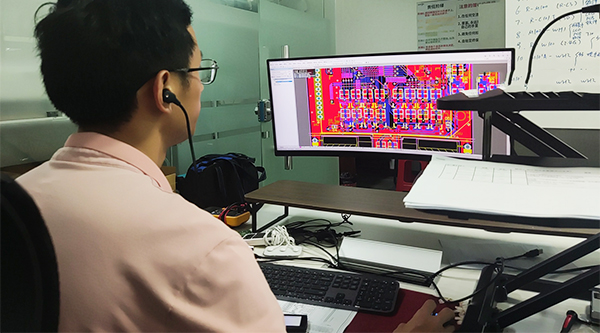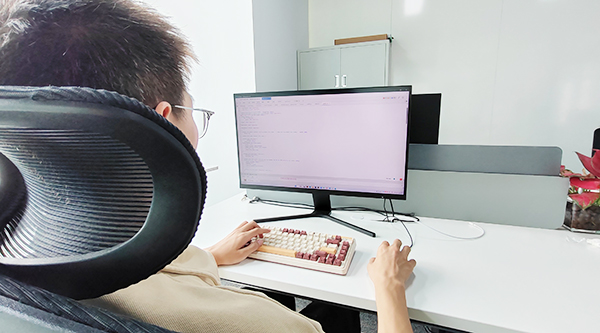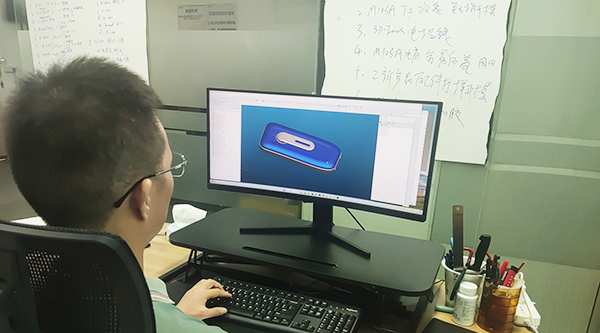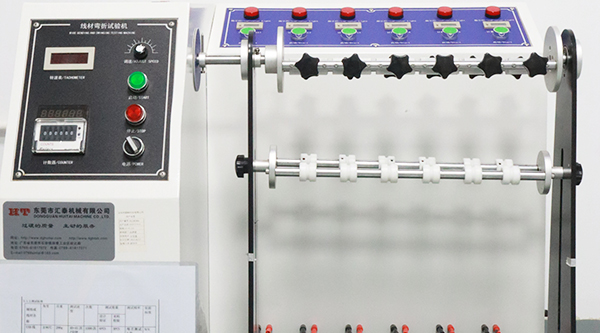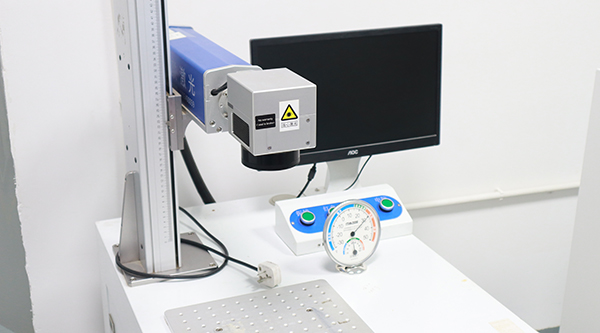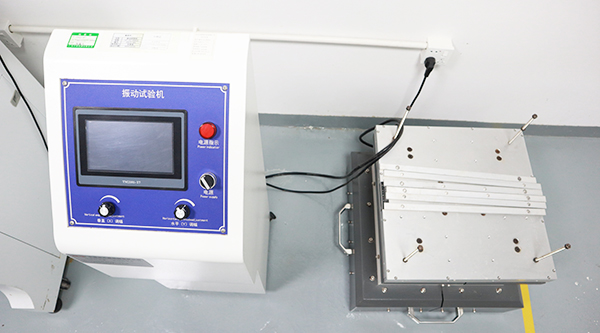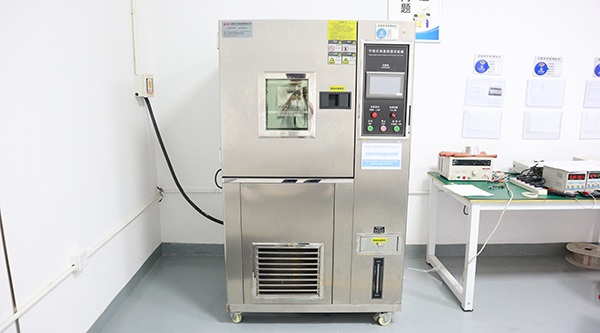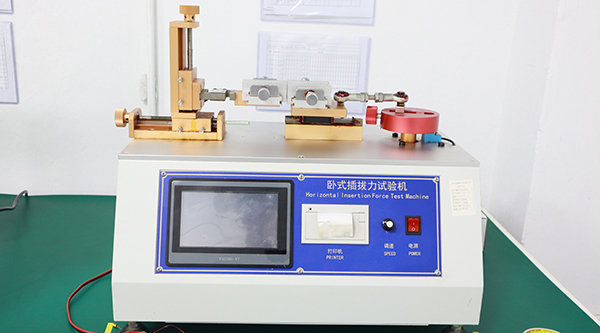Product Development Capabilities
Demonstration of product development capabilities:
Hardware Development
Hardware engineers design, develop, and test electronic products. Their main tasks include requirements analysis, circuit design and simulation, schematic diagram drawing, circuit board layout and wiring, prototype making and testing, and troubleshooting and repair.
Software Development
Software engineers design, develop, and maintain computer software. This includes tasks such as requirements analysis, software design, coding and development, testing and debugging, and deployment and maintenance.
Structure Development
Structural engineers are responsible for designing and developing the external structures of electronic products, ensuring their reliability, functionality, and aesthetics. They use software such as CAD for modeling and analysis, select suitable materials and thermal management solutions, and ensure smooth manufacturing and quality control of the products.
Laboratory Equipment
List of laboratory equipment:
Wire Bending Test Machine
Evaluate the bending performance and durability of wires, study material characteristics, inspect product quality, and facilitate product development and improvement. Through these tests and research, it ensures the reliability of wire products and provides technical support and references.
Laser Engraving Machine
Utilizes laser technology for engraving and marking purposes. By harnessing the high energy and precision characteristics of laser beams, it enables intricate engraving, marking, and cutting on a variety of materials.
Vibration Test Machine
Test and evaluate the performance and durability of an object in a vibrational environment. By simulating a realistic vibrational environment, it enables testing and assessment of product performance under vibrational conditions. Vibration test machines can be used for studying the vibrational characteristics of materials, testing the reliability and durability of products, inspecting the quality and performance of products, and determining whether products meet specified standards and requirements.
Constant Temperature & Humidity Test Chamber
Simulate and control temperature and humidity conditions. Its main purpose is to conduct performance tests and experiments on various materials, products, or equipment under specific temperature and humidity conditions. The constant temperature and humidity test chamber can provide stable environmental conditions to simulate real-world usage environments and assess the durability, adaptability, and reliability of products.
Plug & Pull Force Testing Machine
Measure and evaluate the insertion and extraction forces of objects. It can simulate the forces exerted on an object during the insertion and extraction process, and evaluate the durability and mechanical performance of the object by measuring the magnitude of the insertion or extraction force. The results from the plug and pull force testing machine can be used to improve product design, ensure product quality and reliability, and evaluate the performance of the product under actual usage conditions.

